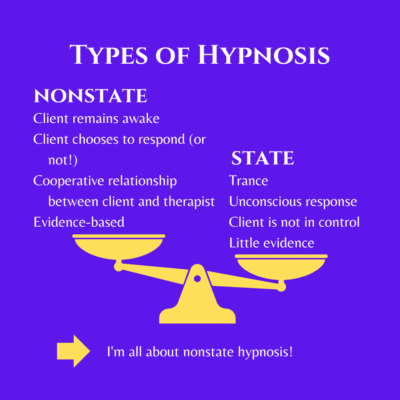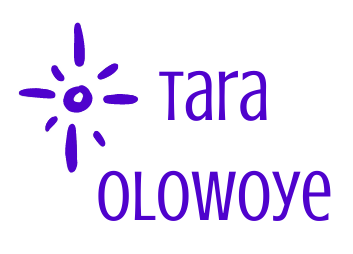A principal debate in hypnosis is the state vs. nonstate argument over whether hypnosis is “trance” and whether it causes hypnotic responses. State theories of hypnosis were more common before the 1950s, though they are used in some pop psychology, stage hypnosis, and some New Age therapy; state theories mean that hypnosis is about inducing a trance, where the hypnotist does the work while the client unconsciously responds to suggestions.
This is contrary to the nonstate theory, where hypnosis is considered to be a delivery mechanism for suggestions and the client is doing the work of focusing attention and consciously responding to those suggestions. Researchers in the 1970s found that it was client imagination rather than a special state that was the primary component of hypnosis.

Distinguishing between state and nonstate theories of hypnosis is important, because for hypnotherapy to be effective, a good working relationship needs to be established between therapist and client. If a client thinks they are being unconsciously controlled in hypnosis, it is not conducive for a good working alliance. However, nonstate theories of hypnosis assume a cooperative relationship between hypnotist and client, which is a preferable foundation to building a good working alliance.
Furthermore, nonstate theories of hypnosis are evidence-based, meaning research has been conducted and concluded that the methods of nonstate theories are effective. State models of hypnosis are not well evidenced, and therefore clients may not buy into hypnotherapy if they do not see potential benefit.
The factors emphasized in nonstate models of hypnosis are non-trance, mainstream psychology, active conscious involvement, strategy enactment, cognitive and behavioral strategies, continuity with other therapies, research oriented, contradictory attitudes, and neurological evidence. Nonstate uses concepts and terminology from mainstream psychology, using skills training to modify responsiveness, including using attitude, expectation, and motivation to explain suggestibility. Nonstate theories see that hypnosis is no different from any ordinary suggestion and that it is only slightly more powerful than other therapies (as opposed to state theories, in which hypnotists make fantastic claims about what they can do with hypnosis).
Hypnosis is considered to be a “non-deceptive mega-placebo” in the nonstate model, with hypnosis working similarly to cognitive-behavioral therapy. Overall, the nonstate theory of hypnosis puts the power of change into the hands of the subject, rather than some otherworldly, undefinable act of the hypnotist in the state theory.
